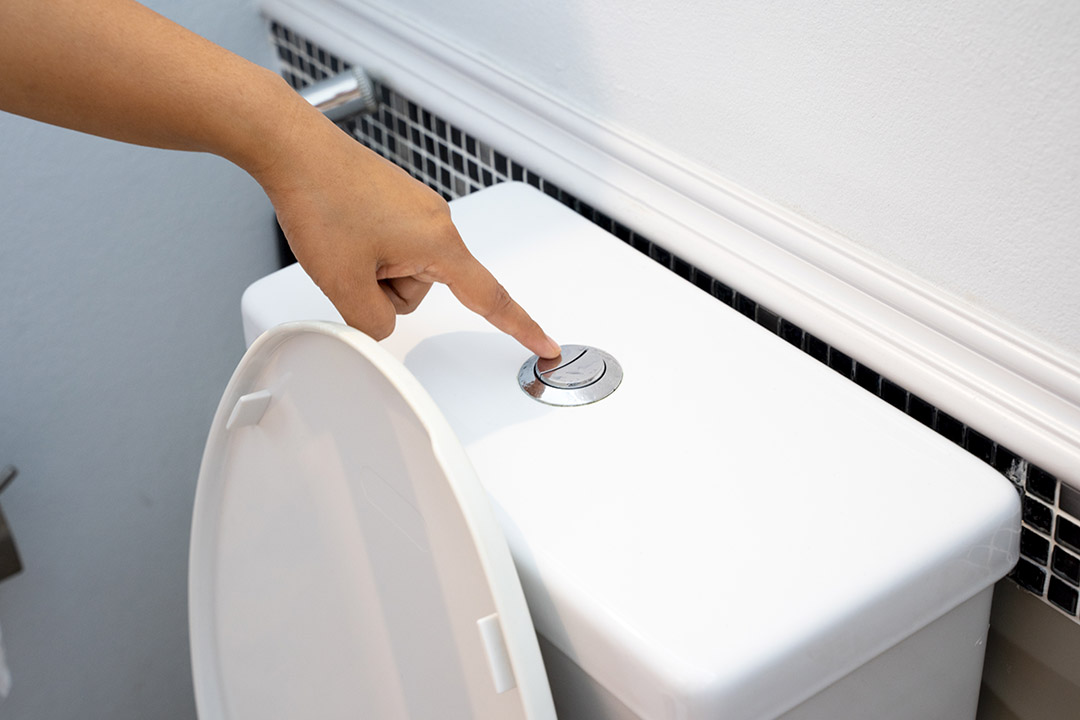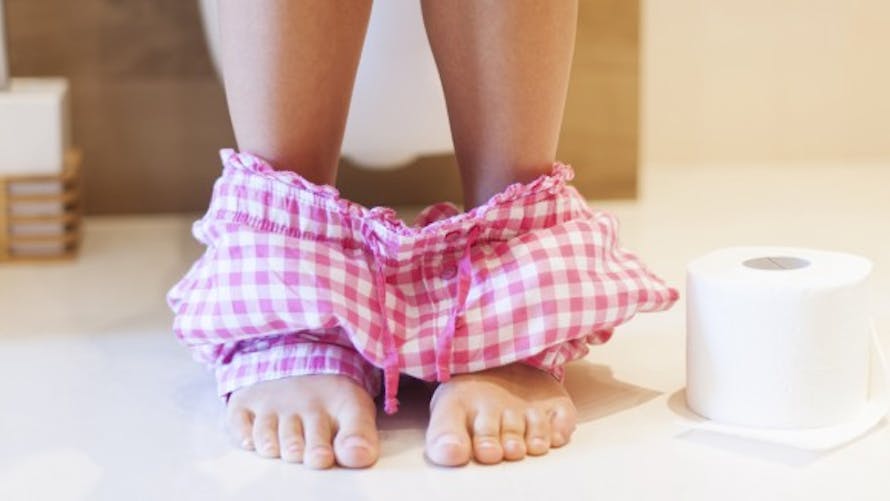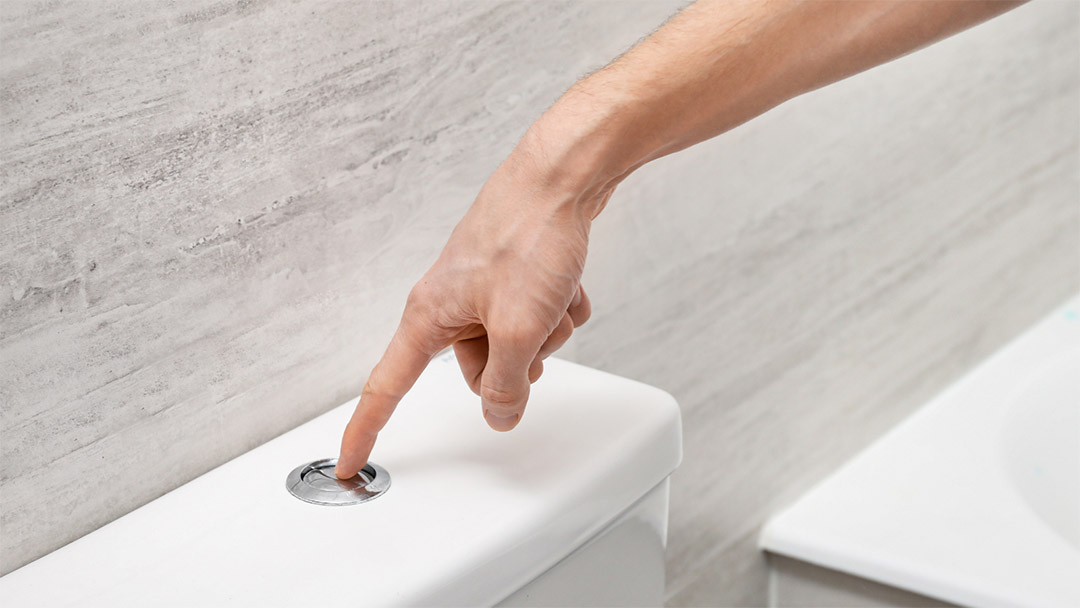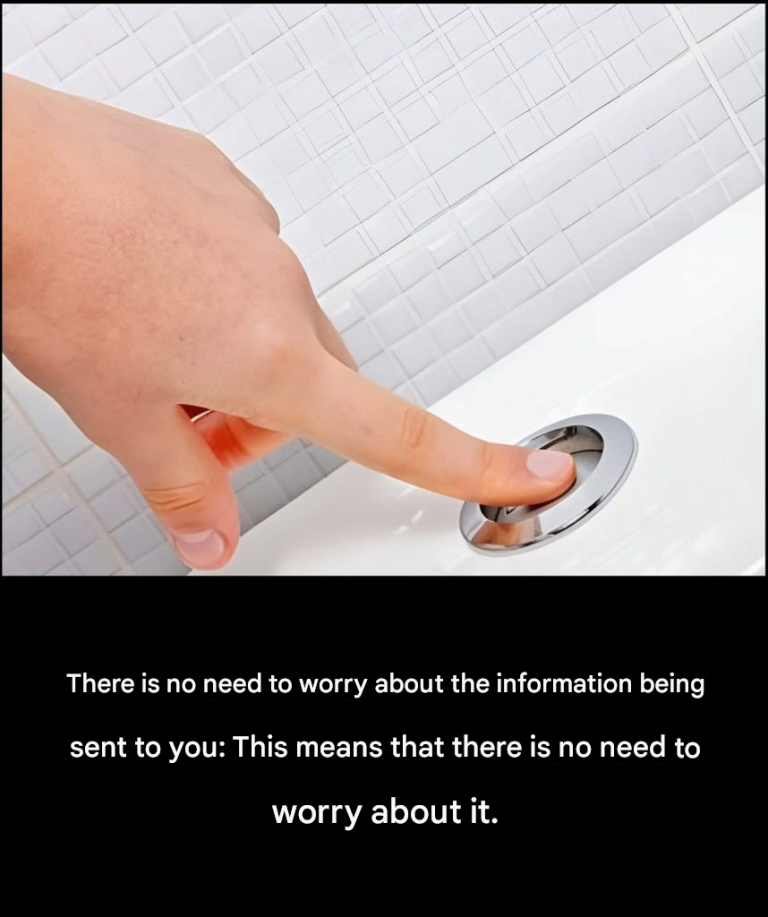We go there automatically, without thinking about it. A quick trip to the toilet, a quick flush, and it's all forgotten. But this seemingly harmless, automatic action has real consequences: dozens of liters of drinking water are wasted every day for a quick pee. What if we brought a little common sense back into our habits?
Flushing the toilet: not such a trivial gesture

Hand-flush toilet
What we often forget: With each flush, we use between 3 and 9 liters of drinking water . Yes, perfectly clean water, the same water we drink or use for cooking. And for what? To flush away a few milliliters of urine.
Imagine a family of four flushing the toilet five to six times a day . The result: More than 100 liters of water are used daily... or more than 36,000 liters per year ! That's equivalent to more than 500 washing machine cycles ...
A simple rule to save money without complicating your life

"When it's yellow, we wait. When it's brown, we act."
Translation: You don't need to flush after every pee . Urine is a naturally sterile fluid and, contrary to popular belief, does not turn your toilet into a breeding ground for bacteria .
The secret? A little regular maintenance and you're good to go.
But what about smells? Don't panic, there are tips!
We already know: "What about bad smells?" Don't worry. There are some simple solutions to keep the bathroom fresh and pleasant:
- A few drops of essential oil (lemon, lavender, eucalyptus, etc.) in a small pot next to the toilet are enough to delicately scent the room.
- A quick cleaning every other day with gentle, natural products keeps the toilet effortlessly clean .
- Also remember to air out regularly : a little breeze often works wonders.
Smarter toilets go even further

- Dual-flush toilets : Here you can choose between a small and a large flush depending on your needs.
- Economical models : Some newer toilets use only 2 to 3 liters per small flush.
- Dry toilets : Ideal for homes with gardens or in rural areas, they offer a waterless, ecological and odorless alternative if well maintained .
Every little bit helps and these changes can reduce your water bill by several dozen euros per year .
Answers to the questions everyone asks
Is it really hygienic?
Yes, urine is naturally clean . As long as you clean your toilet regularly , there's no problem.
What if it smells bad?
With essential oils and regular care you will not have any odor problems .
How do you convince the whole family?
Suggest trying it for a week. Emphasize saving water , helping the planet ... and be patient; sometimes habits take time to change .
Is this possible anywhere other than at home?
It's best to keep this habit within your own home. In public, follow the rules of the place out of respect for others.
